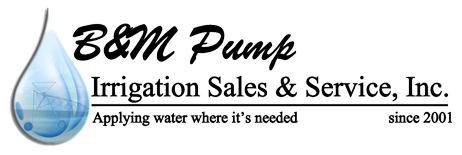Facts About Drip Irrigation
Facts About Drip Irrigation
Drip irrigation uses plastic tubing to deliver water directly to the roots of plants. This system reduces evaporation, runoff and deep percolation. Drip systems can also be used to apply fertilizers precisely when they are needed. This helps reduce nutrient losses and costs. And while drip irrigation is a very efficient way to water your crops, you do need to know a few facts about drip irrigation.
It’s More efficient
Drip irrigation is a water-efficient and effective way to water plants. In fact, it can save up to 70 percent of the water used by sprinkler systems. It can also increase crop yield by 90 percent compared to traditional methods. Its high water efficiency means that farms can use less water and still produce more food. Unlike sprinklers, drip irrigation directs water to specific crops and areas of the farm that need it. This reduces water evaporation and salinization, two common issues with conventional watering systems. Using drip irrigation can also help farmers conserve energy and money, as the system can run on solar power or a small wind generator. It also helps them use fewer chemicals to fertilize their fields.
It’s Less Expensive
Drip irrigation is cheaper to install than sprinkler irrigation as it doesn’t require digging trenches or installing pipes, which makes it easier on your wallet. However, drip systems do require maintenance and it’s a good idea to have it checked out regularly to make sure there are no leaks or emitters that aren’t functioning properly.
It’s Easier To Install
Drip irrigation is an extremely efficient method of delivering water to plants. It can also be more cost effective than other methods of irrigation because it requires less energy and labor. Drip systems can also be easily expanded to irrigate additional areas of your property when water is available. This is especially helpful if you have a busy lifestyle and want to save time. Installing a drip system is easy, but it’s important to get it done right the first time. It’s recommended to use a drip irrigation diagram or grid before you begin.
It’s More Convenient
Drip irrigation is more convenient than other methods of irrigation because it can be personalized to fit the water needs of different plants. Many other systems provide the same amount of water to all of your plants, which can lead to overwatering and disease problems. In addition, drip irrigation is a great way to minimize evaporation and prevent soil erosion. It also helps to prevent fungal diseases that can affect plants and soils. Drip irrigation is most suitable for row crops (vegetables, soft fruit), trees and vine crops where one or more emitters can be provided for each plant. The emitters can be spaced evenly for row cropping or intermittently for other plantings.
It’s More Environmentally Friendly
Drip irrigation is a more environmentally friendly and less expensive alternative to other methods of irrigation. It allows for water to drip directly to the roots of crops, reducing evaporation loss and eliminating runoff from fields. Drip irrigation also discourages weed growth, which is an important eco-friendly attribute. It also minimizes soil erosion, which helps protect natural groundwater resources. It’s a good idea to consult with an experienced professional before installing a drip system in your garden. Drip systems require regular monitoring and maintenance. This will help you avoid potential issues such as clogged emitters, which can cut off water to certain areas of your field.
Categorised in: General, Irrigation
